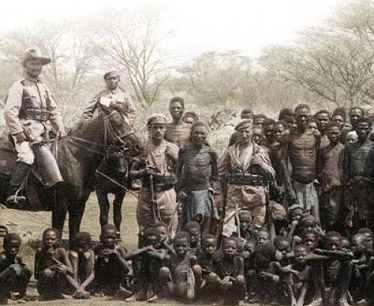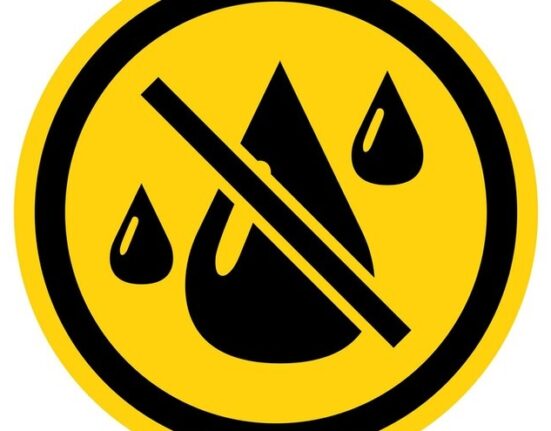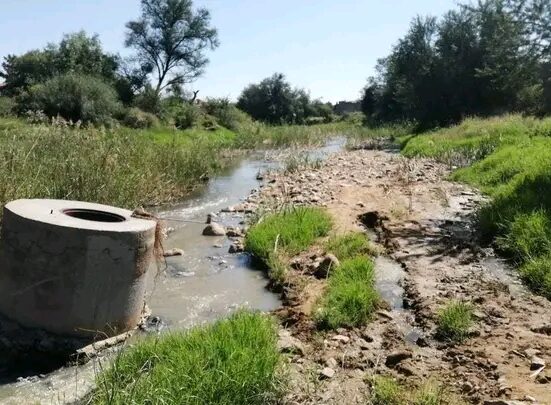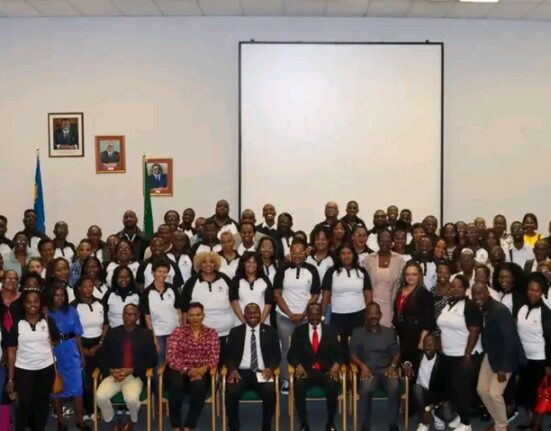The Herero Resistance, particularly the Herero and Nama War (1904-1908), remains one of the most defining moments in Namibia’s history. The struggle, led by the Herero people against German colonial forces, was not only a fight for survival but also a fight for autonomy, dignity, and cultural preservation. Though the war itself ended in a brutal and genocidal defeat for the Herero and Nama people, their resistance left an indelible mark on the formation of Namibia’s national identity. The legacy of this resistance continues to shape the country’s political landscape, national consciousness, and its ongoing quest for reconciliation and justice.
In this article, we will delve into how the Herero Resistance and their subsequent suffering at the hands of colonial forces helped shape the modern Namibian identity, influencing the country’s struggles for freedom, unity, and national healing.
1. The Herero People and Their Background
Before delving into the events surrounding the resistance, it is important to understand the Herero people’s way of life and their role in Namibia prior to German colonization. The Herero are a Bantu-speaking ethnic group primarily known for their pastoralist lifestyle, relying heavily on cattle for both subsistence and social status. They had lived in what is now central Namibia for centuries, developing a sophisticated and vibrant culture with deeply rooted traditions and customs.
By the late 19th century, Namibia, then known as German South West Africa, was under increasing German colonial pressure. The Herero, along with the Nama and other indigenous groups, had been enduring the imposition of foreign rule, the seizure of land, and the erosion of their autonomy. Tensions between the indigenous populations and the German settlers were rising as colonial forces encroached upon their lands, imposed harsh taxation, and implemented policies that undermined traditional social structures.
2. The Herero Uprising of 1904: The Fight for Survival
The Herero people’s resistance culminated in the Herero Uprising of 1904. The immediate trigger for the revolt was the German colonial government’s increasing exploitation and oppression of the Herero, which included the dispossession of land, forced labor, and militarization of the indigenous population. The Herero, led by their chief, Samuel Maharero, rose up against the German forces in an effort to defend their land, culture, and rights.
What followed was a fierce and protracted struggle. The Herero initially scored some victories against the German colonial army, forcing them to retreat in certain areas. However, the Germans, under the command of General Lothar von Trotha, soon responded with overwhelming force. Von Trotha, in particular, is infamous for issuing the “Extermination Order”, which called for the total destruction of the Herero people. This policy led to a genocide that saw tens of thousands of Herero killed through execution, starvation, dehydration, and being driven into the desert.
The brutality of the German response to the Herero Resistance, which has come to be known as the Herero Genocide, remains a central part of Namibia’s historical narrative. The massacre decimated the Herero population, with estimates suggesting that up to 80% of the Herero people were killed or displaced during the conflict. The genocide and its aftermath forced the Herero into a state of displacement and despair, significantly altering their social, cultural, and economic structures.
3. The Nama Resistance and the Broader Impact
While the Herero resistance was the most prominent, the Nama, another indigenous group, also fought back against the Germans during the same period. The Nama, who had their own grievances with the German colonial government, joined the Herero in the struggle for survival. The Nama, led by Cornelius Fredericks, fought alongside the Herero in the battle against German forces, though their efforts were similarly met with brutal retaliation.
The Nama Genocide, which ran parallel to the Herero Genocide, saw the near destruction of the Nama people as well. Much like the Herero, the Nama were driven from their lands and subjected to violence, death, and forced labor. The resistance of the Nama and the Herero, though ultimately unsuccessful in military terms, was crucial in that it marked a clear stance against colonial domination and exploitation.
Both the Herero and Nama uprisings laid the groundwork for the long-term resistance against colonial rule that would eventually culminate in Namibia’s independence from South Africa in 1990. The Herero and Nama uprisings are now regarded as symbolic of the broader resistance of indigenous African populations to European imperialism across the continent.
4. Herero Resistance and the Formation of Namibian Identity
The Herero Resistance and the genocide that followed shaped Namibia’s emerging national identity in several key ways. First, the Herero Uprising of 1904 created a shared sense of resistance among various indigenous groups in Namibia. This collective experience of colonial oppression and suffering forged a sense of unity that would be important in the later struggle for independence.
Namibia’s national identity is heavily influenced by the historical memory of the Herero and Nama genocides, which have become central to the country’s collective consciousness. The Herero, despite being nearly wiped out, managed to preserve their cultural and political identity in the face of colonial adversity. Their resistance, both military and cultural, is seen as a precursor to the anti-colonial resistance movements that would eventually lead to Namibia’s independence from South Africa.
The trauma experienced by the Herero and Nama has influenced the development of Namibia’s national identity. The Herero Resistance symbolizes more than just a military conflict; it represents the resilience of Namibia’s indigenous peoples in the face of colonial brutality. It is seen as a defining moment in the country’s journey towards freedom and sovereignty. This resilience resonates in modern-day Namibia, where the struggle for independence and justice is often viewed through the lens of the Herero and Nama uprisings.
5. Reconciliation, Recognition, and the Herero Legacy
In the decades following Namibia’s independence, the legacy of the Herero Resistance has become an important aspect of national healing and reconciliation. In 1990, Namibia gained its independence from South Africa, and the government began the difficult task of healing the wounds caused by decades of colonial rule, apartheid, and violence.
The Herero and Nama genocides, which were largely overlooked for much of the 20th century, began to receive greater attention in post-independence Namibia. In recent years, the Namibian government, alongside the Herero people and various civil society organizations, has pushed for greater recognition of the atrocities committed during the genocide. The issue of reparations from Germany, the former colonial power, has been a central point of contention, with the Herero community calling for formal recognition and compensation for the genocide.
The Herero resistance and the suffering endured during the genocide have become key components of Namibia’s national identity. The Herero people’s perseverance has become a symbol of resilience, not just for Namibia but for the broader African continent. The Herero and Nama uprisings are now seen as foundational to the country’s struggle for freedom and its long road to independence.
6. The Ongoing Influence of Herero Resistance on Modern Namibia
Today, the legacy of the Herero Resistance is still alive in Namibia’s politics and cultural identity. Herero leaders, cultural institutions, and activists continue to advocate for justice and recognition of the atrocities committed during colonial rule. The Herero Genocide has become an integral part of Namibia’s national discourse on justice, reconciliation, and healing. The struggle for recognition of historical injustices and the demand for reparations from Germany is an ongoing national debate.
Moreover, the resistance of the Herero people continues to inspire younger generations of Namibians who view the Herero’s defiance as a symbol of national pride and empowerment. The Herero Uprising of 1904 is often cited as a key turning point in the country’s history, one that underscores the spirit of resistance and survival that remains at the heart of Namibia’s national identity.
The Herero Resistance against German colonialism was not just a historical event; it was a pivotal moment in the creation of Namibia’s national identity. Despite the tragic genocide and the overwhelming odds faced by the Herero people, their struggle for independence and autonomy has shaped the country’s ongoing quest for justice, unity, and healing. The Herero people’s resilience in the face of violence and oppression serves as a testament to Namibia’s broader struggle against colonialism, and their legacy continues to inspire generations of Namibians today.
The Herero Resistance is not only a key part of Namibia’s past but also a powerful symbol of the country’s present and future. It is a reminder that the path to independence and national identity is often forged through struggle, sacrifice, and resilience.













